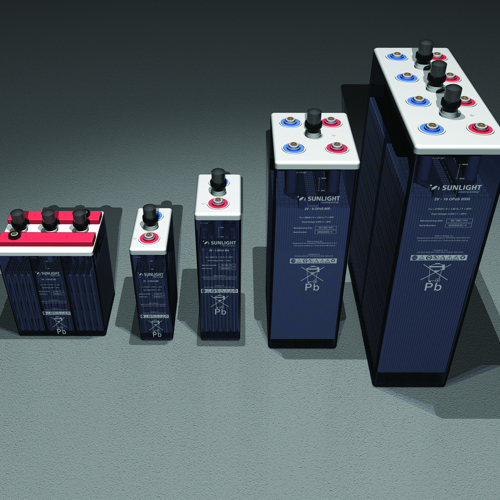When people talk about batteries used in renewable energy systems, they usually refer to deep cycle batteries. These are basically energy storage units within which occur chemical reactions that result in voltage, and hence, electricity. Deep cycle batteries are specially designed to be discharged and recharged many times, and typically have a relatively long life-span. Moreover, they’re designed to provide power at steady rates for a long duration.

One of the most popular types of deep cycle batteries is the gel deep cycle battery. The gel deep cycle battery is also referred to as a gel cell and it’s a valve-regulated, sealed lead-acid deep cycle battery that features a gel electrolyte. Unlike conventional flood lead-acid batteries, gel ones aren’t restricted to an upright position. This is partly due to the fact that the evaporation of the electrolyte and spillage is eliminated by the gel cells. Additionally, they’re very resistant to extreme temperatures, vibration and shock.

Every deep cycle battery is rated by amps and volts. The amps is the readily available capacity of the chemical energy inside the battery that can be converted into electricity. In other words, the amp capacity is the amount of energy the battery can store and its discharge rate, which translates into the amount of time it takes for the battery to be emptied before it needs to be recharged again.
That being said, you should be looking for batteries that are built to last. The best way to determine this is by paying attention to the cycle rating. In other words – how many times it can be charged and discharged. The best benchmark for that is the IEC 896-2, which is based on 100% discharge. However, completely discharging a battery is inadvisable, as it may decrease its life expectancy, but the IEC 896-2 is still a decent baseline for comparing two different batteries.
Once you buy the batteries, they will need little to no maintaining. However, there are some guidelines that can help you prolong their longevity. For instance, never discharge them below 20% of their total capacity. This is advised because the internal resistance can cause damage and heat when recharged. Moreover, you should store them at lower temperatures, as the chemical reactions will be slower then. However, in order to reach maximum voltage capacity, the temperature shouldn’t be lower than room-temperature. Therefore, it’s inadvisable to refrigerate them.
When all is said and done, the right deep cycle battery can be a very worthwhile and long-lasting investment if you pay attention to the details. Otherwise, you’ll end up with a battery that provides underwhelming results and that has a short life-span.



